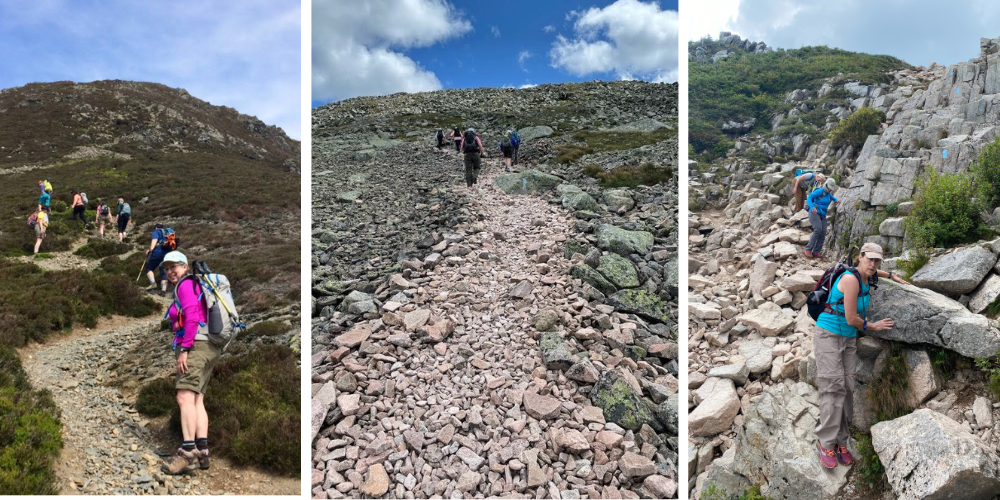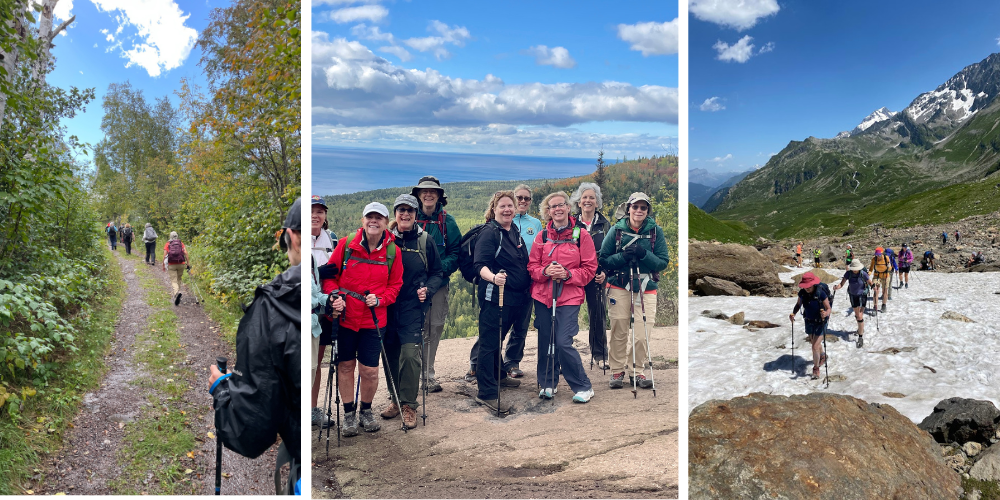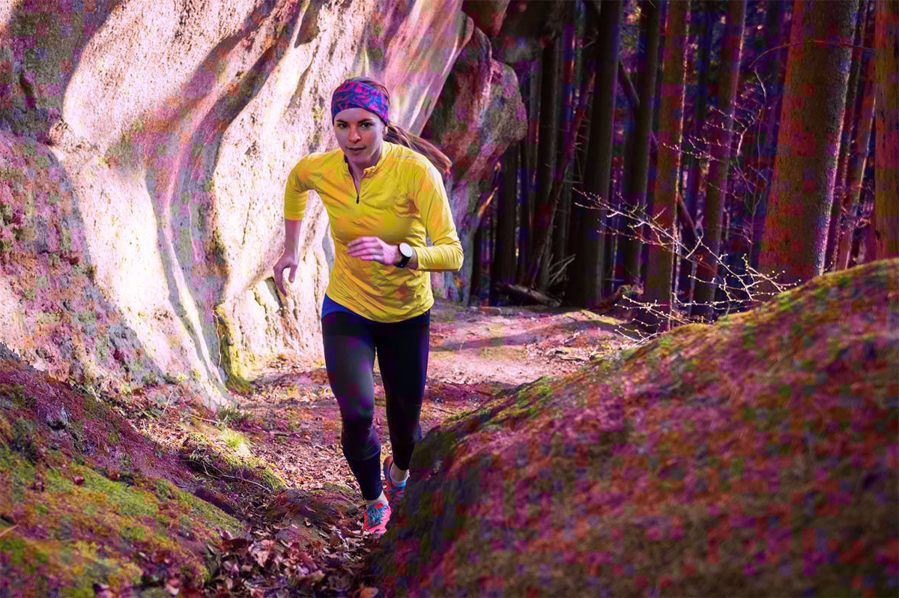Hiker's Glossary Part 1: Trail Types
Whether you've been hiking for half a century or are looking to hit the trail for the first time, one of the greatest joys of hiking is that there are so many different things to discover on your own two feet.
We're creating a Hiker's Glossary of useful trail terms paired with photos from our own trips to help introduce hikers of all levels to appropriate terminology and lingo so you can better understand and select the type of activity you wish to engage in.
Choosing the right style of trip is just as important as selecting your destination, which is why we have made it as easy as possible to determine what will work best for you.
When you read a description of a hike in a guidebook or on the AGC website, you may encounter terms you’re unfamiliar with, especially if you’re new to hiking or have only hiked close to home.
This first installment of the Hiker's Glossary is an illustrated guide to different types of trail surfaces. Part two is all about terrain.
Rocky Trail (Small, Medium, and Large Rocks)
When a trail is called rocky, it can mean that there are rocks of different sizes on the trail, like the series of photos below. But it can also refer to trails where the size of the rocks is more uniform.
The three main types of this kind of trail are scree, talus, and boulders. You can see these types of rocky trails below, from left to right:

Scree (Scree Field, Scree Slope): Small Rocks
Small (pebble or gravel-sized), loose rocks on the side or at the base of a mountain are called scree. Because it's loose, scree is challenging to walk on. Sometimes you can see the route that other hikers have taken across a scree field.
Pro Travel Tip: It's easier to descend a scree slope than to ascend. When descending, dig your heels in as you go.
Talus (Talus Field, Talus Slope): Medium-Sized Rocks
Talus is a collection of rocks (larger than scree) on the side or at the base of a mountain. It may be loose or stable depending on the size of the rocks, steepness of the slope, and other factors.
The route across a talus field might be marked with cairns (piles of stones) or with painted blazes (trail markings), or you may need to find your own route across.
Boulder (Boulder Field): Large Rocks
A boulder field is made up of large, irregularly sized rocks. You often need to use one or both hands for stability and balance when moving through a boulder field. Very slow going indeed!
There are other types of trails out there that are easier to traverse in some ways, but they have their own considerations as well. These trail types are "hard-packed dirt trails," trails across bare rock, and a snowfield traverse.

Hard-Packed Dirt Trail
A clear path where the dirt has been packed by countless hikers, making the trail apparent.
“Trail” Across Bare Rock
A trail across bare rock is often undefined and requires the user to follow another hiker or look for a safe path on their own. Often, these trails are marked with cairns, intentionally stacked rocks, that mark the way across an otherwise featureless landscape.
"Trail" Across Snowfield
When hiking or snowshoeing across a snowfield, a path is often made by previous hikers and still visible in the snow. For those lucky enough to be the first feet on a snowfield, there may be no clear trail markings.
The next three types of trails you will commonly find in desert areas, like the places we see on Hiking Utah's Majestic Parks and Hiking Bryce and Zion National Parks.
These trail types are sandy trails, trails over slickrock, and improved trails. This last type of trail is specifically created to prevent erosion.
Pro Travel Tip: On all of these trails, it's a great idea to put rubber tips on your trekking poles for traction and to help prevent further erosion.
Click here to read our blog, "When and Why to Use Rubber Tips on Trekking Poles."

Sandy Trail
A trail through a sand-based ground location.
Slickrock
Slickrock is smooth, weathered sandstone found in the desert Southwest. When dry, the rock surface offers good grip for hiking footwear and mountain bike tires. Hiking trails in Utah often include sections of slickrock where paths are marked by cairns or painted blazes.
Improved Trails
These trails have been augmented in some way to protect against erosion. On these types of trails, you'll see steps, stones, pavement, "gutters" to divert water, and other types of improvements to increase the durability and longevity of the trail itself.
When we are scouting out a new destination, we always take trail types into consideration when assessing for our itinerary's fitness rating and packing list. Click here to view our trip calendar and find your next hiking adventure!
Frequently Asked Questions
What is the most popular hiking trail in the world?
The Salkantay and Inca trails to Machu Picchu are among the most-hiked trails in the world. Other famous trails include Bruce Trail in Canada, Shikoku Pilgrimage in Japan, Cotswolds Way in the UK, the Camino de Santiago in Spain/France, John Muir Trail, Pacific Crest Trail, and Appalachian Trail in the US.
Which hiking trail is the hardest?
The trek along the Great Himalaya Trail in Nepal is rated a Grade 11 and is probably the toughest single trail in the world.
What is the biggest difference between hiking and trekking?
The definition of hiking includes the word walk, something seen as shorter, easier, or pleasant, typically done on a marked trail, going to and fro. Trekking includes a destination and is defined as a journey, something more challenging, going through rougher terrain, something that requires effort, equipment, and tends to take longer than a day.
What is the longest hiking trail in the country?
The top three in the United States are the American Discovery Trail at 6,800 miles coast to coast, the Appalachian Trail at 2,198 in the Appalachian Mountains, and the Arizona Trail at 825.2 in Arizona.
What Type of Trail Do You Prefer?
When we are scouting out a new destination, we always take trail types into consideration when assessing our itinerary's fitness rating and packing list. Click here to view our trip calendar and find your next hiking adventure!



